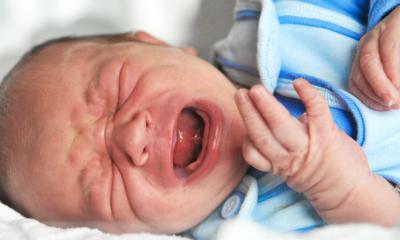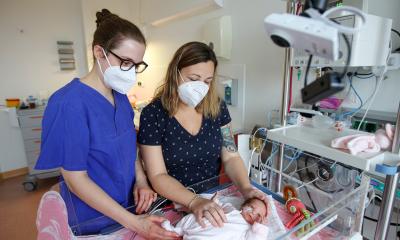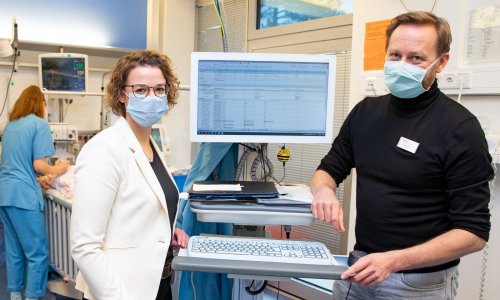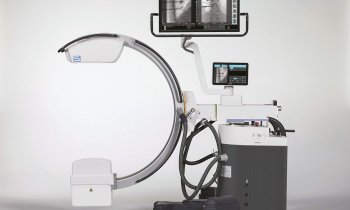How can we measure infants' pain after an operation?
It turns out to be difficult to find out exactly how much a child who cannot yet speak suffers after a surgical operation. Researchers at the University Hospital of La Paz, in Madrid, have validated the 'Llanto' scale, the first, and only, tool in Spanish which measures infant pain rapidly and simply.
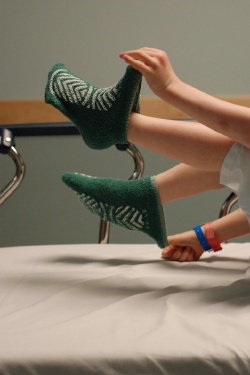
"The lack of appropriate tools prevents health professionals from knowing if a pre-verbal child who cannot tell us how much a surgical wound hurts, is being treated correctly", explains Francisco Reinoso, lead author of the study and head of the section of Paediatric Anaesthesia at the University Hospital of La Paz, in Madrid, speaking to SINC.
Aiming to address this problem, the researchers have validated the first and only scale in the Spanish tongue which measures pain in the under-threes. With this tool, called 'Llanto' (an acronym for Spanish words meaning crying, attitude, breathing pattern, postural tone and facial observation), health staff can identify minors who have acute pain after an operation, estimate the intensity of their suffering, and check that the treatment used is effective.
Until now, pain had been measured in children who could speak, using the same scales as for adults. "There are some studies carried out in younger children, but with tools in English, not always validated in Spanish, such as the CHEOPS scale", says Reinoso.
The study, published in Anales de Pediatría, was carried out in 54 children aged between one month and six years - after this age, children are able to explain the pain they suffer - who had undergone surgical operations at the University Hospital of La Paz, and who were in the Postanaesthetic Recovery Unit.
Three staff - a paediatric anaesthesiologist, a resident doctor, and a nurse - were in charge of observing the children and they measured their type of crying, psychological attitude, breathing pattern, motor tone and facial expression. The observations were made before and after the post-operative analgesic treatment, which are the moments of most and least pain.
Results in twenty seconds
The experts noted simultaneously two types of score: those of Llanto and those of CHEOPS. In order that the records were independent, they used three sheets, in such a way that no observer could see the scores given by the others. The results demonstrate that there is a very significant correlation between the two scales.
"The main innovation in Llanto lies in that for the first time, Spanish-speaking health staff who attend under-sixes can use a simple, concise and exact scale which lets them evaluate pain without translating scales from English, whose concepts are not always easily adapted", Reinoso points out.
What is more, it allows the introduction of factors related to local clinical methodology. "For example, Spanish nurses prefer to measure breathing rate through observation instead of measuring heart rate with a monitor, as is done in the English-speaking world", adds the doctor.
Among the advantages of this scale, what stands out is that it does not need any electronic device to collect data. Further, the measurement does not bother the patient and it only takes from 20 to 40 seconds.
However, the authors also indicate limitations, such as the influence of other factors in acute post-operative pain. Cold, hunger, the unfamiliar surroundings and drugs that have been administered can also cause agitation after general anaesthetic.
Nor is the scale useful for chronic pain, and its application in patients with lung disease or with brain damage turns out to be complicated. Despite these constraints, Llanto has already been used with more than 35,000 children at the University Hospital of La Paz and this study confirms its reliability.
27.04.2011



